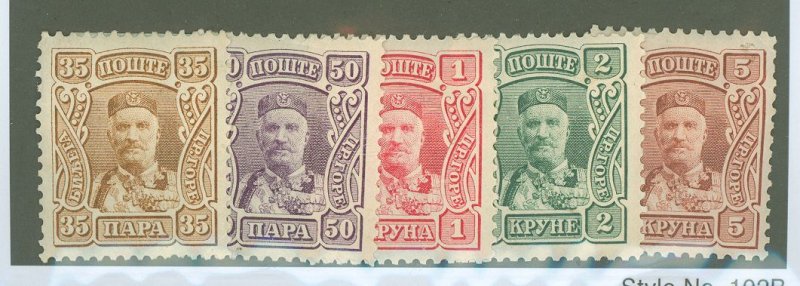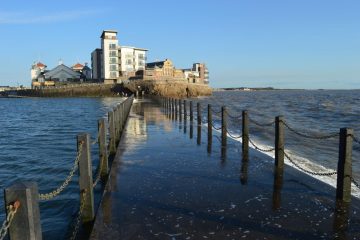Discovering Montenegro: Europe’s Hidden Gem

Introduction to Montenegro
Montenegro, a small yet stunning country located on the Adriatic coast of southeastern Europe, is becoming increasingly relevant in the tourism sector. With its breathtaking landscapes, rich cultural heritage, and historical significance, Montenegro attracts millions of visitors each year. As the global travel industry rebounds post-pandemic, understanding Montenegro’s appeal and its potential for growth is essential for both tourists and investors alike.
Geographical and Cultural Highlights
Montenegro’s dramatic landscapes range from beautiful beaches along the Adriatic Sea to rugged mountains in the interior. The country boasts UNESCO World Heritage Sites, such as the ancient town of Kotor, known for its well-preserved medieval architecture and stunning bay views. Moreover, the Durmitor National Park offers not only natural beauty but also opportunities for outdoor activities such as hiking, skiing, and rafting.
The cultural tapestry of Montenegro is a blend of Slavic, Mediterranean, and Ottoman influences, which is reflected in its vibrant traditions, music, and cuisine. The bustling capital of Podgorica, though often overlooked, features a unique mix of modernity and history, with renovated buildings alongside remnants of the Ottoman Empire.
Tourism and Economic Impact
In recent years, Montenegro has strategically positioned itself on the global tourism map, attracting visitors not just for its natural beauty but also for luxury travel experiences. High-profile investments in tourism infrastructure, including luxury hotels and resorts, particularly in areas like Budva and Tivat, signal an optimistic future for economic growth through tourism.
Furthermore, Montenegro’s accession to NATO and its aspirations to join the European Union provide an additional layer of stability and attractiveness for foreign investments. According to the Montenegrin Tourism Ministry, the sector contributed around 25% to the country’s GDP in 2022, underscoring its significance in the national economy.
Conclusion and Future Prospects
As Montenegro continues to recover from the global pandemic and welcomes travelers back, the prospects for tourism and economic growth remain positive. With its rich cultural heritage and diverse landscapes, Montenegro is poised to not only retain its status as a hidden gem but also evolve into a prominent player in European tourism.
For visitors seeking a blend of natural beauty, history, and modern amenities, Montenegro undoubtedly holds the promise of an unforgettable experience. As awareness of this remarkable country grows, so too may the opportunities for sustainable development and cultural exchange in the years to come.









